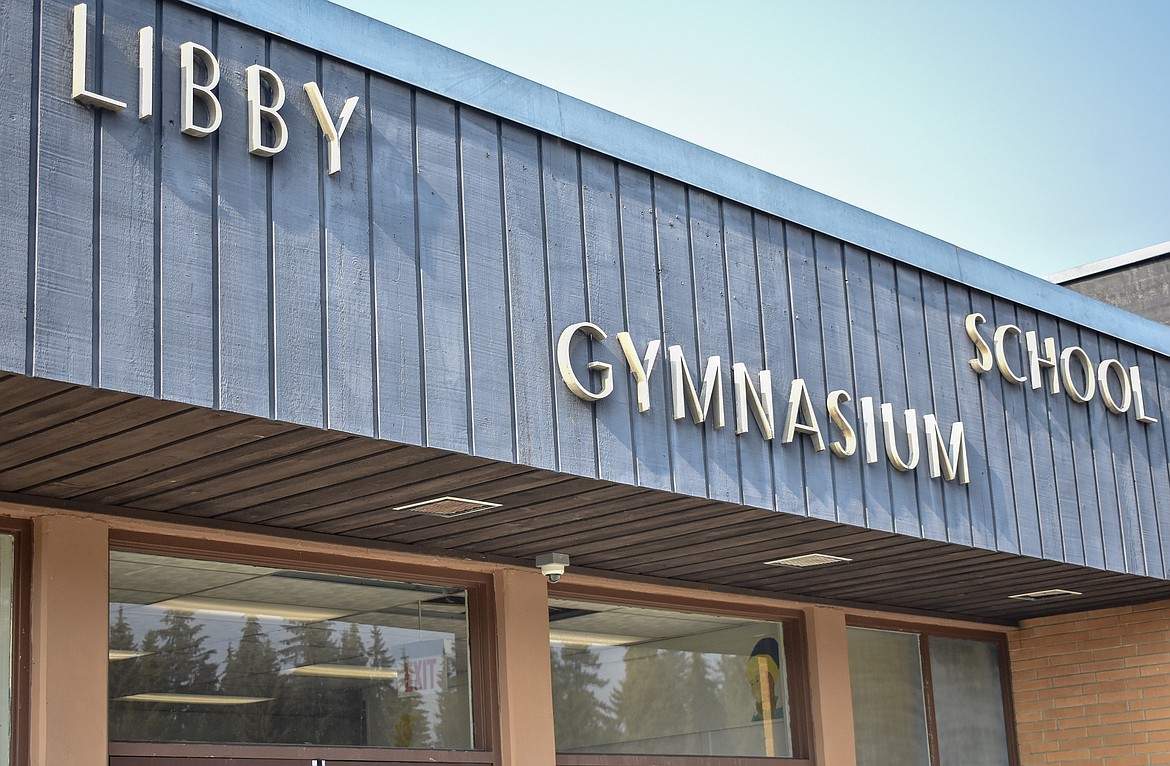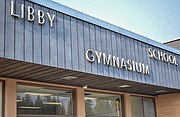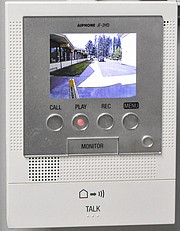Libby, Troy schools seek to improve safety, not just security
Both Libby and Troy schools have made a number of changes over the summer as part of efforts to improve student safety, not only in rare or unlikely events, but also during their everyday activities.
Libby Public Schools Superintendent Craig Barringer said that improvements at both the elementary and middle-high schools were in response to a safety audit that looked at everything from how easy it was for people to gain entry to the school unchallenged to blind spots staff may not regularly have an eye on.
Troy recently underwent a safety audit as well, said Troy Public Schools Superintendent Jacob Francom.
Some of the improvements are to areas that have also been discussed during meetings of the Troy Public Schools Board of Trustees, and the board’s safety committee that was established last spring has developed several solutions.
Safer entry
On the Troy campus, multiple separate buildings and open walkways make the issue of keeping doors locked but accessible to students obvious. But even at the Libby Middle-High School, there are a number of areas students need to pass through during the day that could allow unauthorized people to enter the school if left unlocked.
The solution for both schools has been technology.
New door lock systems allow them to install locks that can be set to lock and unlock automatically during times students and staff are passing in and out and traffic is high, but remain locked when there is no one around.
The doors in Libby will also be able to be unlocked with a keypad code, Barringer said.
In Troy, Francom said school staff will be issued key fobs that unlock the doors. The system gives the school a lot of control over who can enter which doors, as well as logging the use of the fobs.
And, if a fob is lost or simply not returned by someone who is no longer allowed access, the school can set the system to no longer unlock any doors for that fob, Francom said. The fobs will control access at all Troy school facilities, including the activity center.
Francom said that the school will also have someone assigned to the doors during the times they are unlocked to ensure against someone trying to sneak past at those times.
In both schools, the doors still allow anyone on the inside to get out during an emergency without being hindered, as required by law.
Barringer said that the audit pointed out a lot of things that could be improved, such as more cameras at the elementary school to remove blind spots, eliminating unsecured roof access and just improving lighting.
But some of the things don’t require any physical changes, and Libby has been able to address several concerns just through adapting policy and training, he said.
At Libby Elementary, they will change some patterns of travel for students outside at the school, he said.
At Troy’s W.F. Morrison Elementary, visitors already had to pass by the main office on their way into the school. Now they will have to press a button on the outside of the main door to be allowed in.
The new system — which is also in place on the front door of Troy Middle-High School — has a camera and two-way speaker so office staff can see and speak with anyone at the door.
Cameras and communication
But keeping unauthorized people out isn’t the only concern regarding safety and entrances at the school.
Troy has also adopted a new system for numbering and labeling the doors and classrooms around the schools, Francom said. The system will make it easier for first responders to quickly reach the correct area in the school, whether they are responding to a violent threat or someone in medical distress.
The door labels — such as the large, capital “A” on the front door of W.F. Morrison — are also on the inside of the door at the bottom in reflective tape to make them more visible during a fire.
Libby Elementary Principal Kaide Dodson said that their new cameras give her a view of areas all around the campus. They can be rotated to follow anything she needs to keep an eye on.
The cameras should eliminate areas that were invisible to staff in the past.
The camera systems at the Libby schools record everything for up to a week at a time, and clips can be easily accessed and saved as needed, Dodson said.
Troy has also added cameras, Francom said.
Along with renumbering rooms at the schools, Troy has also installed new phones with extensions tied to the room numbers, Francom said
Each phone also has a panic button, he said. One press, and the school is put on lockdown and an audible warning sounds across the campus.
The whole picture
Both districts have worked with law enforcement and first responders, both to receive input and to make certain they are all using the same playbook.
But Barringer pointed out that keeping students safe involves more than physical safety alone.
Even at the elementary level with age groups much less likely to harm themselves compared to older age groups, Dodson said there is still benefit for the students to looking after more than just their physical well being.
“Our concern is ensuring our kids have social-emotional security,” she said.
At both Troy and Libby schools, looking after student mental and emotional health has been a recurring theme in discussions and meetings.
“I know the focus is on school security and all those things, but statistics say we have a far more likely chance that a child in our schools is going to do harm to themselves,” Barringer said. “And that is scary.”
In response to that concern, both schools have programs for both helping staff to identify signs of a child in need, and getting them that help.





